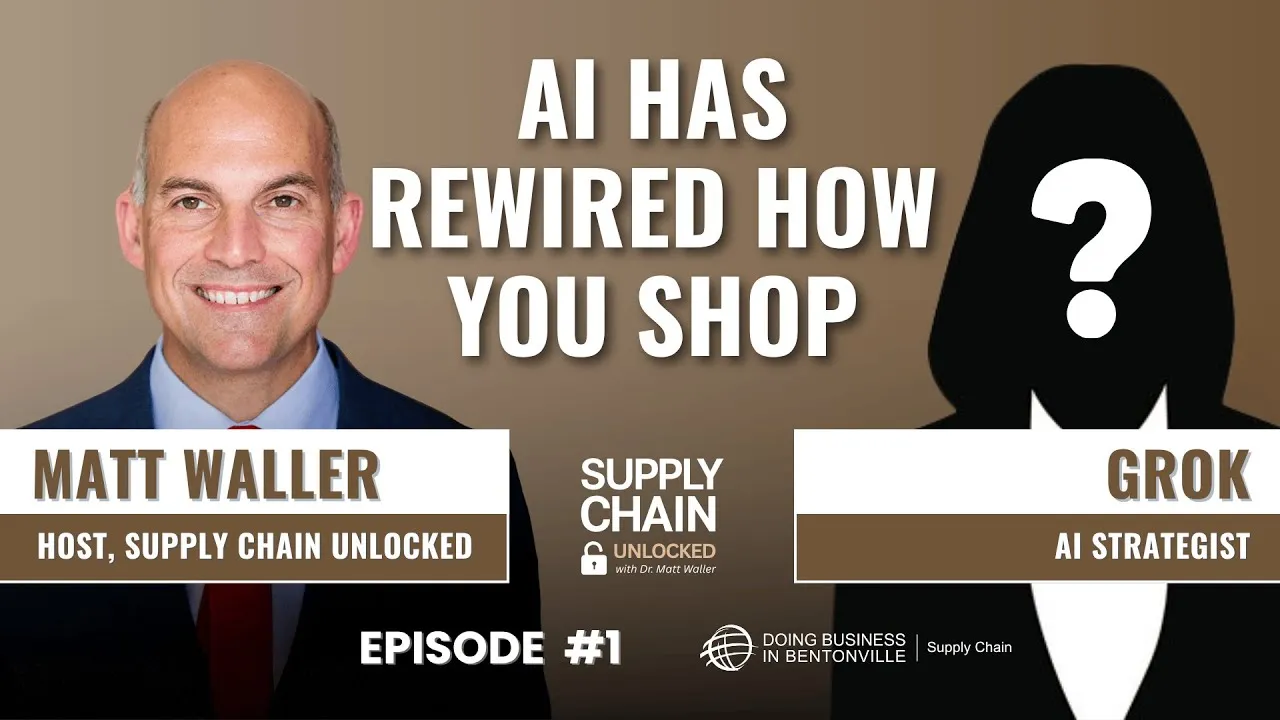Conversational Commerce Comes to Life
Walmart’s partnership with OpenAI is redefining how consumers interact with retail. The integration allows shoppers to use ChatGPT to build shopping carts with real-time prices, select pickup or delivery, and check out—without opening a Walmart app or website.
This isn’t futuristic fiction; it’s a fully functional capability aimed at simplifying shopping and boosting Walmart’s omnichannel efficiency.
By embedding commerce into AI conversation, Walmart is shifting from transactional retail to anticipatory service. The AI can suggest products based on prior behaviors, accommodate substitutions, and even bundle grocery, pharmacy, and general merchandise into a single order—creating an unrivaled retail experience.
Strategic Implications: Capturing Intent Early
This AI integration positions Walmart to intercept purchase intent at its earliest stage—conversation. Unlike traditional e-commerce funnels that begin with search or app navigation, conversational commerce begins with a question or need. Capturing that moment enables Walmart to build baskets earlier, reduce friction, and convert intent into checkout before competitors can engage.
It also strengthens digital margin opportunities. Walmart’s physical footprint enables hybrid fulfillment—pickup or delivery—optimizing last-mile logistics and driving profitable e-commerce growth. Meanwhile, OpenAI benefits from observing real-world shopping behavior at scale, deepening its commercial AI capabilities.
Operational Efficiency and Forecasting Gains
The integration has ripple effects across the supply chain. AI-driven orders deliver more precise, household-level demand signals that improve forecasting accuracy. That can shrink the “bullwhip effect,” reduce waste, and ensure fuller delivery routes—all without raising prices.
This aligns with Walmart’s EDLP (Everyday Low Prices) and EDLC (Everyday Low Costs) philosophy. Improved substitution logic, restock automation, and shopper trust will further differentiate Walmart from digital-native rivals who rely more heavily on advertising and surge pricing.
Competitive and Ecosystem Response
Walmart’s move pressures Amazon, Google, and Meta to rethink how they connect commerce and conversation. The potential for small business adoption via Sam’s Club and increased discovery for marketplace sellers adds further depth to the ecosystem impact.
Walmart Connect—the retailer’s ad platform—could also evolve, offering conversational recommendations instead of reactive search placements. This enhances personalization while demanding new trust guardrails to ensure ad integrity in AI-led conversations.
As AI redefines the shopper journey, Walmart’s seamless blend of chat, checkout, and fulfillment shows how omnichannel retail can adapt with intelligence and speed.










